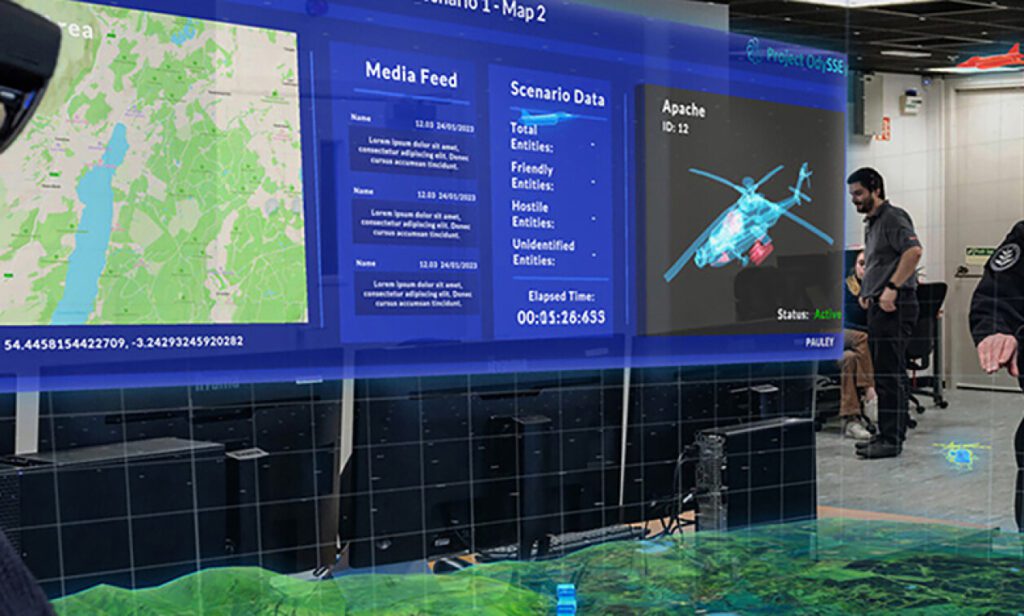In recent years, simulation technology has transformed military training by offering a realistic and immersive experience for soldiers. These advanced simulations enhance realism by replicating combat scenarios, preparing military personnel for the chaos and stress of real-world conflicts. Additionally, simulations are cost-effective alternatives to live training exercises, reducing expenses while still providing high-quality training. The adaptability of simulation technology allows for customized training environments tailored to individual needs, ensuring soldiers are well-prepared for various threats. Moreover, the replayability of simulations allows soldiers to learn from mistakes and improve their skills rapidly. Overall, simulation technology is revolutionizing military training and enhancing soldiers’ readiness and capabilities on the battlefield.
How Simulation Technology is Revolutionizing Military Training
Introduction
Simulation technology has become an integral part of military training in recent years, revolutionizing the way in which soldiers are prepared for combat situations. These advanced simulations provide a realistic and immersive training experience that allows military personnel to practice and refine their skills in a safe and controlled environment.
Enhanced Realism
One of the key benefits of simulation technology in military training is the enhanced realism that it provides. Advanced simulators can accurately replicate the sights, sounds, and even physical sensations of combat situations, giving soldiers a more authentic training experience. This realism helps to prepare military personnel for the chaos and stress of real-world conflict, allowing them to develop the skills and instincts necessary to respond effectively in high-pressure situations.
Cost-Efficiency
Simulations are also a cost-effective alternative to traditional training methods. Conducting live training exercises can be prohibitively expensive, requiring the deployment of resources such as ammunition, fuel, and personnel. By using simulations, the military can reduce the costs associated with training while still providing soldiers with a high-quality learning experience. Additionally, simulations can be easily repeated and modified to meet different training objectives, allowing military personnel to practice their skills in a variety of scenarios without incurring additional expenses.
Adaptability
Simulation technology allows for the creation of highly adaptable training environments that can be tailored to the specific needs of individual soldiers or units. Simulations can be customized to simulate different types of terrain, weather conditions, and enemy tactics, providing military personnel with a diverse range of training scenarios. This adaptability helps to ensure that soldiers are well-prepared for a wide variety of potential threats and challenges they may face in the field.
Replayability
Another advantage of simulation technology is its replayability. After completing a simulation, soldiers can review their performance and identify areas for improvement. They can then repeat the simulation to practice and refine their skills, allowing them to learn from their mistakes and become more effective in combat situations. This iterative process helps to accelerate the learning curve for military personnel, enabling them to quickly develop the capabilities needed to succeed in the field.
Conclusion
Simulation technology is a powerful tool that is revolutionizing military training by providing soldiers with a realistic, cost-effective, and adaptable training experience. By using advanced simulations, military personnel can develop the skills and instincts necessary to respond effectively in combat situations, ultimately enhancing their readiness and capabilities on the battlefield.
